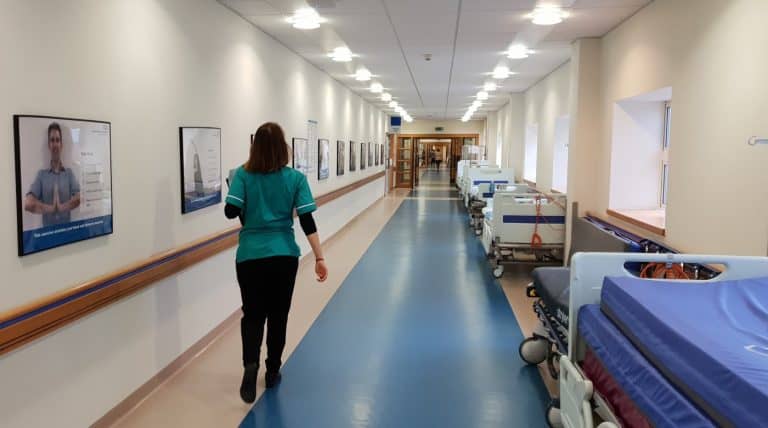What to expect when you go to A&E
The NHS aims to treat, admit or discharge all patients within four hours of arrival at A&E but this is not always patients’ experience. The number of patients who have had to wait longer than four hours to be treated, admitted or discharged has increased in recent years, despite a £300 million injection in funding in 2014 to help the NHS services cope with winter pressures. So what can you expect when you visit A&E?
The severity of a patients condition is normally assessed on arrival and they are prioritised in order of urgency. You should therefore expect a doctor or nurse to assess your condition and determine the nature of your illness or injury before deciding how to proceed.
Accident and Emergency (A&E) departments provide access to NHS emergency nursing and medical care 24 hours a day, 365 days a year. The departments see patients in all age groups, from babies to the elderly.
A&E departments are led by specialists in emergency medicine, and the aim is to provide patients with the best care as quickly as possible to alleviate the stress and anxiety associated with accidents and emergencies.
Recently the NHS has encouraged that only individuals who are suffering from a genuine life-threatening illness or in an emergency should call 999 or go to an Accident and Emergency Department (A&E).
A&E waiting times
Recently, A&E waiting times have been in the news headlines on a regular basis:
- 2004 saw the introduction of a time limit that patients should wait no longer than four hours to be attended to in A&E, and this had to be met for 98% of patients until 2010, when the target was reduced to 95%
- In 2014 the NHS struggled to meet the target that 95% of patients should wait no longer than four hours in A&E. A&E waiting times reached their highest levels for a decade in the winter of 2014
- The NHS data for the last quarter of 2014 showed that 90,388 patients waited between four and 12 hours in A&E, and they included 174 patients who stayed more than 12 hours in casualty
Negligence in A&E departments
The Health Secretary, Jeremy Hunt said that there is a “huge amount of pressure’” on the NHS in England and hospital bosses feel they are “running just to keep still”. A&E units have declared “major incidents” as they become unable to cope with unprecedented pressures on services. It is clear that long waiting times compromise patients’ safety and reduce clinical effectiveness. Such pressures may have a devastating impact on patients’ treatment and care.
Examples of common areas of negligence which occur in A&E departments include:
- Failure to carry out sufficient investigations and tests such as x-rays or blood tests
- An inadequate examination of the patient
- Lack of communication between medical staff
- Failure to admit patients for further investigation
- Inappropriate discharge of patients
- Misdiagnosis of patients conditions
There is also a risk that delays in treatment may adversely affect patients. It has been debated as to whether A&E departments are under pressure due to an inadequate number of staff. Emergency medicine is known for its intensity of work and unsociable hours which may make recruitment difficult. However, the numbers of A&E doctors have increased over the past ten years. The real issue appears not to be the number of staff, but having the right combination of staff at the right time, which particularly applies to consultants (senior doctors). Furthermore, there appear to be delays in discharging patients which increases the pressure on beds which therefore, contributes to the number of patients waiting to be admitted.
The introduction of minor injury units
In an attempt to reduce the number of attendances at A&E, walk-in centers and minor injuries units were introduced in 2003/2004. The aim was to divert less serious cases away from major A&E units and to provide easier access to urgent care. Individuals are encouraged to first contact their GP if their condition is not life threatening. There are a number of services which people can attend such as out-of-hours services, minor injuries units (MIUs) and NHS walk-in centers (WICs) which can treat patients without an appointment.










